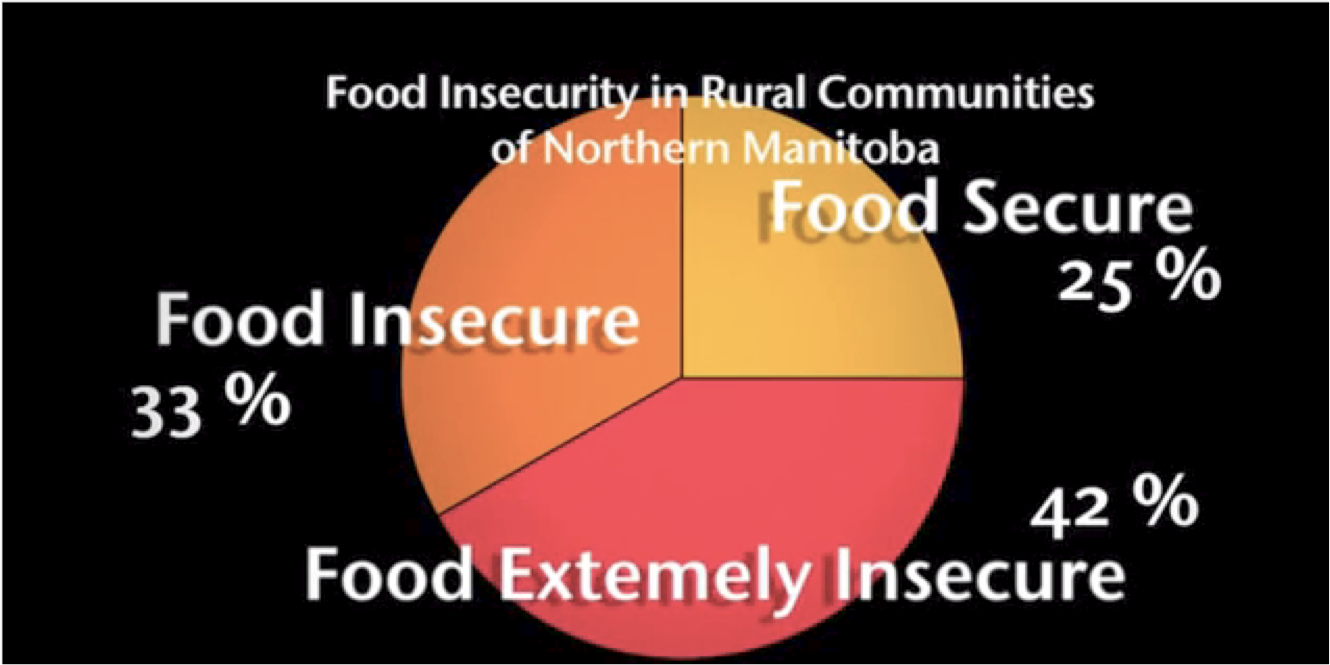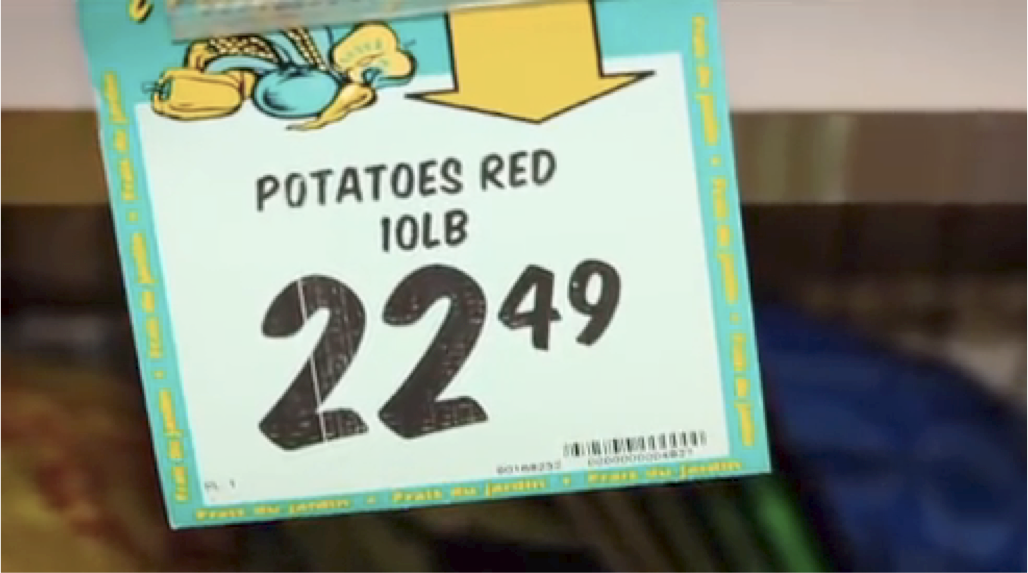Written by: Raena Balsdon, Valeria Cabrera, Laurelle Naa Addy, Becca Deschamps, Angele Farn and James Xin
As International Development students, we study complex global issues many of which are located primarily in Africa and South-East Asia, creating an assumption that a country like Canada lacks equally pressing issues. Recently, we have been able to learn about rural development and the many problems that rurality imposes on communities. In the documentary Harvesting Hope, Dr. Shirley Thompson explores the continuous battle of food security which poses a threat to many First Nations residing in regions throughout Northern Manitoba, a location that clearly depicts the effects of rurality.


Harvesting Hope highlights the government’s policies (PDF) regarding the treatment of Indigenous peoples that have created unsustainable conditions such as forcing communities to eat store-bought food instead of using their own methods of cultivation. What was really shocking to us was how obvious it was that the government was actively trying to set these communities up for failure through policies that are ruining their lives, and not putting a focus on rural development projects. It is angers us that these serious injustices are still occurring in a modern society that has seen a long history of repression towards minorities, and the moral violation behind such a view.
After being introduced to matters that are occurring within the very borders of our country, it made us reflect on our own location and all of the privileges that come with it. We take for granted reasonably priced, healthy meals as we are accustomed to this type of living, and are unaware of the challenges Indigenous peoples are facing with their survival when living in rural locations. This shows how university programs such as International Development that focus on helping the global community and places abroad should also be analyzing local affairs to gain the perspective that everyone needs help in some way. With that being said, we must ask the readers a question that has been on our minds constantly: How should we focus our efforts when there are both issues occurring internationally as well as domestically within Canada, and should we be attempting to take care of our own rural development before reaching out to countries abroad?

From left to right:Raena Balsdon, Valeria Cabrera, Laurelle Naa Addy, Becca Deschamps, Angele Farn and James Xin (photo)
Photo credits: Harvesting Hope by Dr. Shirley Thompson
Contact us - we'd love to hear from you!
Raena Balsdon | Val Cabrera | Laurelle Addy| Becca Deschamps | Angele Farn | James Xin
Check Out These Links
The Documentary
Informative Web sites
In the News
New campaign aims to shed light on the high cost of food in Canada’s north
Ways to Help
Make Government Services Equal For All Canadians
First Nations Nutrition Program
References
Thompson, S., PhD (Researcher). (2011). Harvesting Hope [Documentary Film]. Canada.